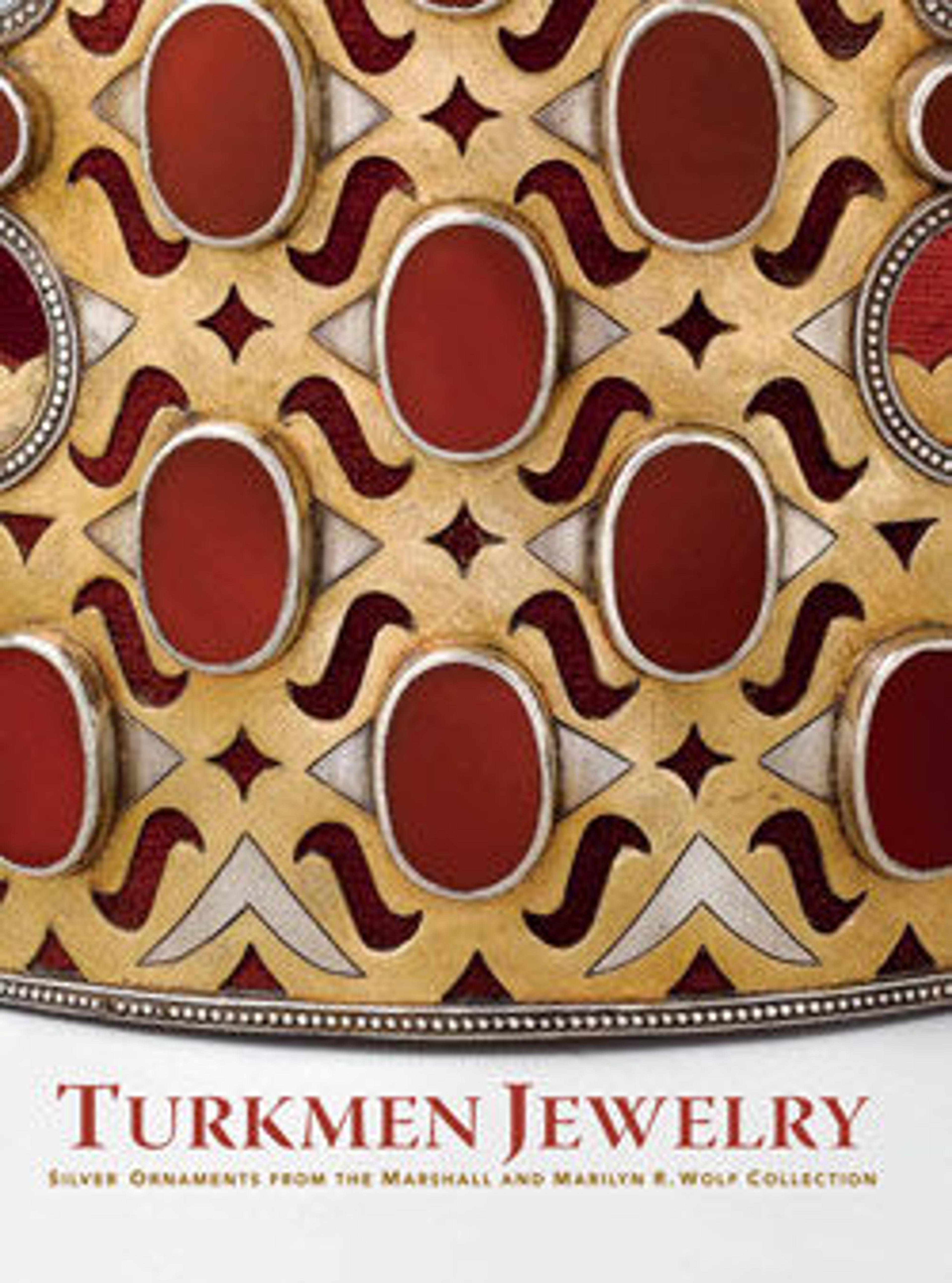Element of a Pectoral Ornament
Artwork Details
- Title: Element of a Pectoral Ornament
- Date: 19th century
- Geography: Country of Origin Central Asia
- Medium: Silver; with stamped beading, silver shot, glass inlays over red foil, lacquer, or cloth, loop-in-loop chains, embossed pendants, and stamped fire-gilded decoration
- Dimensions: H. 6 3/4 in. (17.1 cm)
W. 3 3/4 in. (9.5 cm) - Classification: Jewelry
- Credit Line: Gift of Marshall and Marilyn R. Wolf, 2006
- Object Number: 2006.544.11
- Curatorial Department: Islamic Art
More Artwork
Research Resources
The Met provides unparalleled resources for research and welcomes an international community of students and scholars. The Met's Open Access API is where creators and researchers can connect to the The Met collection. Open Access data and public domain images are available for unrestricted commercial and noncommercial use without permission or fee.
To request images under copyright and other restrictions, please use this Image Request form.
Feedback
We continue to research and examine historical and cultural context for objects in The Met collection. If you have comments or questions about this object record, please complete and submit this form. The Museum looks forward to receiving your comments.
